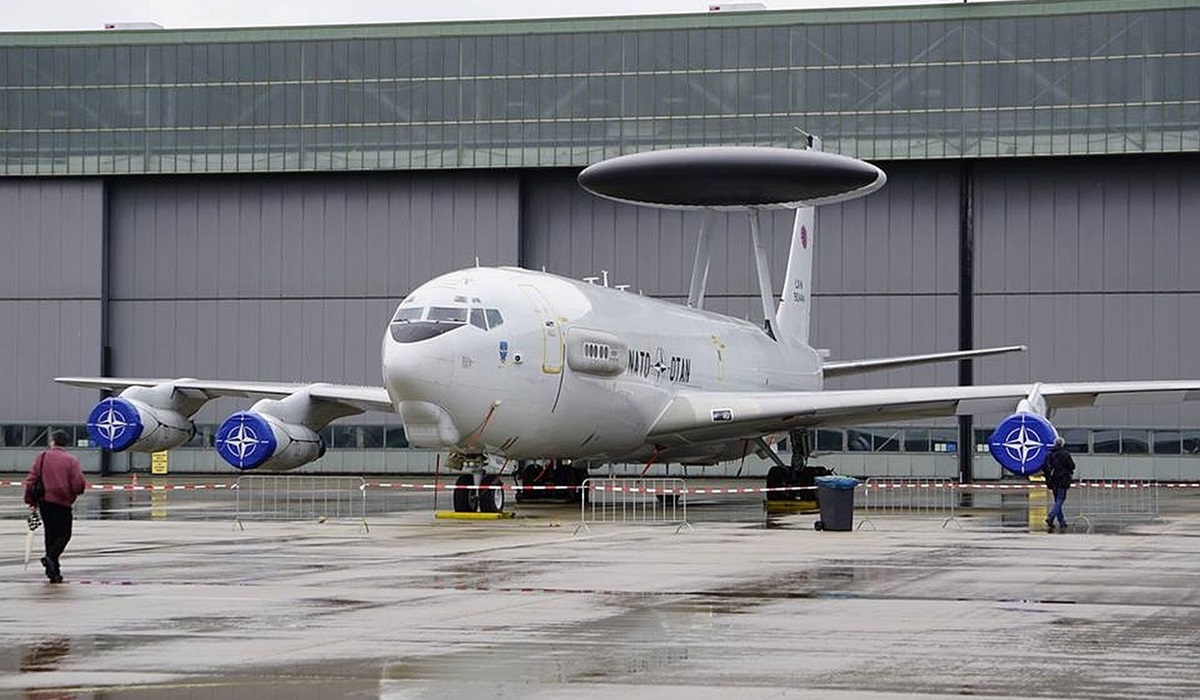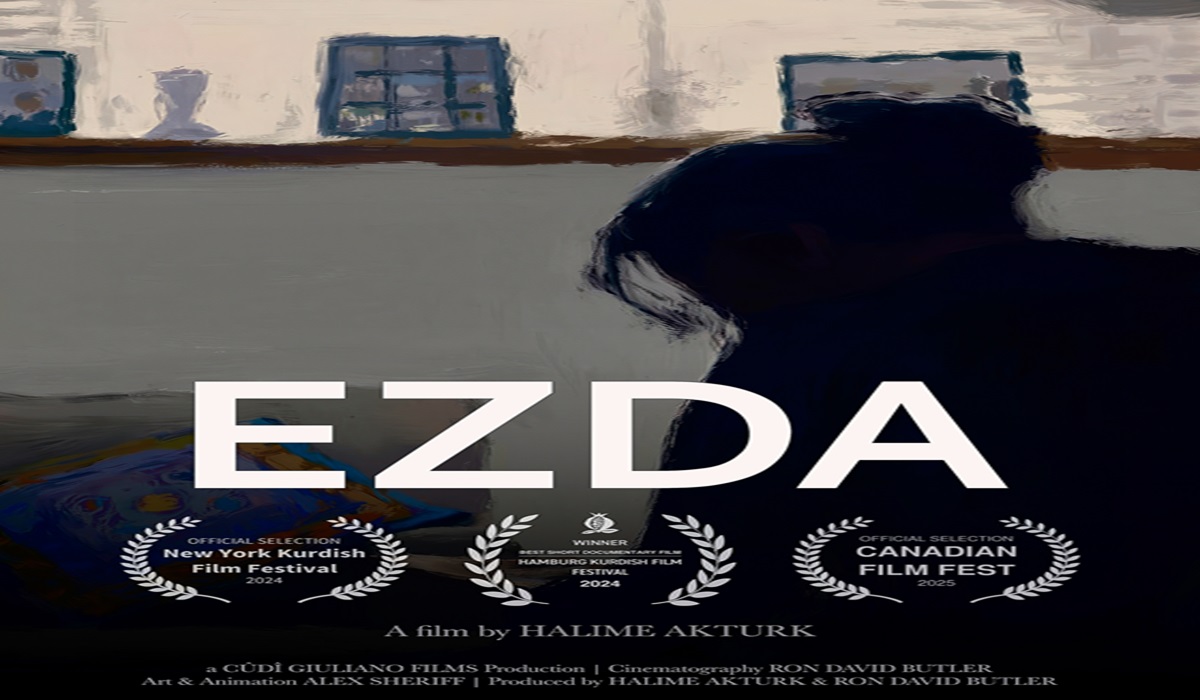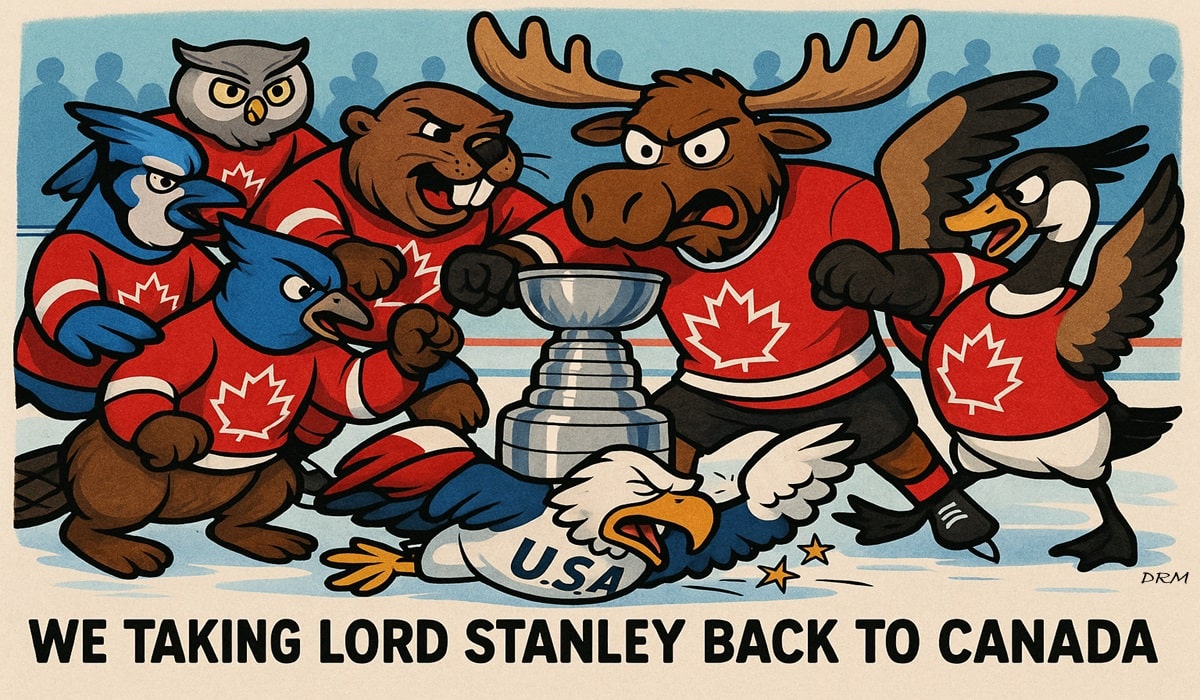The Suwałki Gap: A Geopolitical Fault Line and NATO’s Fragile Flank
- Kingston Bailey
- D.O.C Supplements - Trending News
- Forgotten History
- April 11, 2025

Image Credit, Sabine Faust
Stretching just 65 kilometers (about 40 miles) between Poland and Lithuania, the Suwałki Gap may not appear significant on a map, but its strategic importance cannot be overstated. Flanked on the west by the Russian exclave of Kaliningrad and on the east by Belarus—Russia’s closest military ally—the narrow corridor forms NATO’s most vulnerable land bridge to the Baltic states. In military terms, it’s a choke point. In historical terms, it’s a time bomb. And in geopolitical terms, it represents one of the most precarious Achilles’ heels of the NATO alliance today.
The origin of the Suwałki Gap’s relevance traces back to the post-Cold War enlargement of NATO. After the fall of the Soviet Union, NATO expanded eastward to include former Warsaw Pact nations and Baltic republics. While that move was heralded as a guarantee of collective defense and liberal democracy, it also left NATO with a geography problem: how to effectively defend the isolated Baltic states—Estonia, Latvia, and Lithuania—from a hypothetical eastern incursion. The Suwałki Gap is the only overland route to resupply these nations by land through allied territory. But it sits directly between two of the most heavily militarized zones under Russian influence: Kaliningrad, a missile-laden fortress on the Baltic Sea, and Belarus, now virtually a client state for Russian military deployments.
Since 2014, following Russia’s annexation of Crimea and its involvement in the Donbas, NATO has reinforced its eastern flank. Multinational battlegroups were deployed to the Baltics and Poland as a “tripwire” deterrent. But these forces, however capable, are symbolic compared to the large-scale, rapid-reaction capabilities Russia can deploy from both Kaliningrad and Belarus. In war games and military simulations conducted by RAND and other institutions, Russian forces were projected to potentially overrun the Baltics in 36 to 60 hours if NATO didn’t dramatically increase forward deployments or resolve logistical bottlenecks—including the Suwałki Gap.
From a purely historical standpoint, the gap is not just a modern concern. Its contested terrain has seen wars, partitions, and strategic maneuvering for centuries. During both World Wars, control of this region shifted hands multiple times, often at the cost of great civilian and military suffering. The very borders that now define the gap are the legacy of Soviet-era redrawing, embedded in Cold War hostilities and perpetuated through post-Soviet power vacuums.
This leads to a much-needed reckoning with NATO’s present identity and global perception. Originally established in 1949 as a defensive pact to deter Soviet aggression and maintain transatlantic security, NATO’s mission has steadily expanded beyond collective defense into a sprawling array of international interventions—from Kosovo to Libya to Afghanistan. While many of these actions were justified by member states as necessary humanitarian or stabilizing efforts, they’ve also contributed to a growing view among critics that NATO is no longer a purely defensive alliance, but rather a geopolitical instrument for Western interventionism.
In the eyes of some nations—particularly those outside the transatlantic sphere—NATO’s continued expansion and military exercises near Russia’s borders have been seen not as deterrents, but provocations. The placement of NATO forces and missile systems in Eastern Europe, the inclusion of new members like Finland and possibly Ukraine in the future, and military drills within close proximity of Russian airspace have all fueled the narrative that NATO no longer operates under its original mandate of deterrence and collective security, but rather under the presumption of confrontation.
The Suwałki Gap, in this context, becomes more than just a geographic liability. It becomes symbolic of the broader disconnect between NATO’s historic mission and its current operations. Despite reassurances from NATO leadership that their posture is strictly defensive, the alliance finds itself in a paradox: preparing for a war it insists it doesn’t want, on a frontier it helped bring closer to confrontation.
That’s not to assign blame or absolve any state of its own provocations. Russia’s actions in Ukraine and Georgia, its hybrid warfare tactics, have undeniably reshaped the European security order. But diplomacy is not about assigning moral scores—it’s about understanding the reality on the ground, and the Suwałki Gap is a glaringly clear reality. Its very existence, hemmed in by two nations either allied with or under the influence of Moscow, raises urgent questions not only about NATO’s military preparedness, but about the wisdom of the current strategic posture in the region.
NATO’s continued relevance in the 21st century depends on more than just defense spending and deterrence exercises. It requires an honest reassessment of its purpose. Has it evolved into an entity that stokes the very tensions it was created to diffuse? Has its eastern expansion served the interests of global stability, or merely extended the frontlines of confrontation?
As the world tilts toward multipolarity—with alliances shifting, global south nations asserting their own paths, and blocs like BRICS gaining traction—the old Cold War logic may no longer serve as a guide. If NATO is to remain effective and legitimate, it must revisit its foundational principles, redefine its engagement, and reconsider whether its current footprint near volatile borders like the Suwałki Gap reflects a pathway to peace or the prelude to peril.
The gap is narrow, yes. But the decisions made in its shadow will determine whether Europe walks a road toward security—or slides into a deeper strategic divide.








